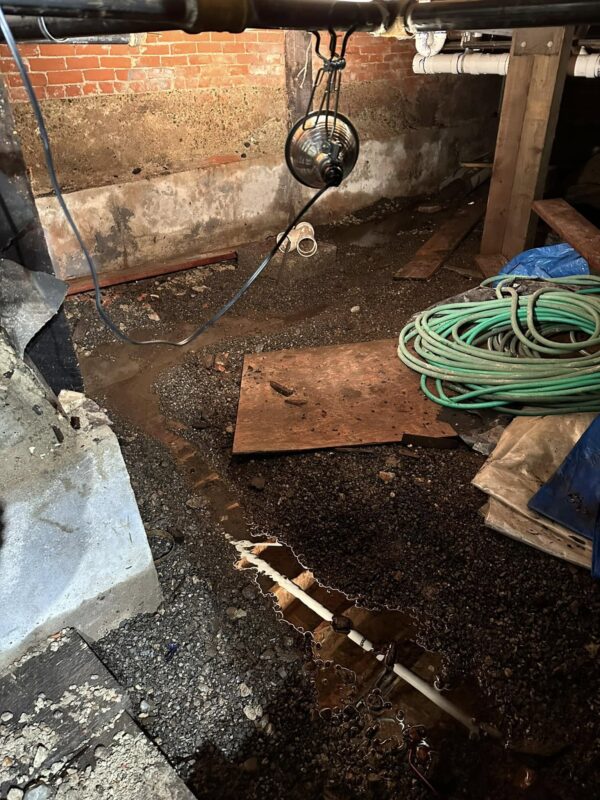A historic railroad depot in New Meadows is slated to become the center of the city’s operations.
Last week, the New Meadows City Council approved plans to move City Hall into the Pacific & Idaho Northern Railroad Depot at 101 S. Commercial Ave.
“It’s a beautiful building and this opportunity to have it open to the community is amazing,” council member Traci Foster said of the decision.
The Adams County Historical Society, which took ownership of the depot in 1978, agreed to transfer the building to the city as part of the deal.
The city subsequently issued a 99-year lease to the historical society to allow continued use of the building as a museum and for historical exhibits. The lease rate is $1 per year.
“The city being in the building will give us an opportunity that we would never have for people to be coming into this building,” said Marla Krigbaum, a member of the historical society who has been heavily involved in restoration efforts at the depot since the 1980s.
The timeline for the city’s operations to move into the depot building is currently unknown, New Meadows City Clerk Kyla Gardner said.
The city must first transfer its insurance policy to the building, move equipment, and allow time for the historical society to move its belongings before the move can be completed, Gardner said.
Ownership of the depot would revert to the historical society if the city decides to no longer use the building, under the agreement. Any changes to the building must be cleared by the historical society.
Current city hall too small
Moving to the depot spares the city from expanding its current office at 401 Virginia St. or seeking a new building to base the city’s operations in.
The current city hall building is undersized for city operations, including council meetings, and stormwater routinely drains into the building from the sidewalk, New Meadows Mayor Julie Good said.
“The cost is minimal compared to what we would have to do,” Good said of moving to the depot. “I wouldn’t want to be sitting here saying to you that we want to spend $500,000 for City Hall.”
Currently, two full-time employees and one part-time employee work out of City Hall. The building is also used by three Public Works Department employees.
Good believes that basing the city’s operations in the depot will “create a sense of continuity and permanence” that city residents will be proud of.
“This is part of who we are,” she said. “I want to see the kids at the school know about the depot. I want it to be a place that people come to and say, ‘wow, look at this.’”
Flood initiated transfer talks

The historical society and the city began discussing the transfer last year after a water pipe burst and flooded the depot’s basement and part of the Freight Room.
Without donors like you, this story would not exist.
Make a donation of any size here
While the historical society has shepherded restoration efforts at the depot for decades, it is a volunteer organization with limited capacity to consistently staff the building or check on it between events, said Richard Nine, the president of the historical society.
“We have a strong vested interest in the future of the depot, but over time it has become increasingly clear that the continuing care and maintenance of this historic building is a challenge beyond the grasp of our small group of volunteers,” Nine said. “The depot needs to be under the care of an organization that can occupy it full time.”
Once moved, city hall employees will occupy the main lobby of the depot, which will include a museum curated by the historical society. The museum will be open every day that city offices are open.
City council meetings will be held in the depot’s Freight Room, which for years has been used to host events and elections.
The city will also rent the Freight Room out for events and other meetings. Money from the rentals would be used to pay for increased insurance and utility costs associated with moving to a larger building, Good said.
Upstairs rooms in the depot will provide immediate storage space for city records, but could also become future office space.
Some residents ‘blindsided’
City officials and historical society members framed the transfer as mutually beneficial, but not everyone shared their enthusiasm.
Some speakers at last Monday’s meeting questioned moving forward without knowing the exact costs associated with the new building. Others said the decision felt “rushed” and suggested there are better ways to steward the building.
“I just believe in my heart of hearts that if the city government takes over this building, it will change this building forever,” New Meadows resident Johnny Brown said.
Brown said he felt “blindsided” by the decision, a sentiment echoed by other speakers.
“I completely disagree with the way the city has gone about this,” said Tracy Peterson of New Meadows.
The transfer negotiations were completed in executive sessions over the last several months to make sure the deal was agreeable to both sides before airing it publicly, Good said.
Several members of the historical society spoke in support of the transfer, which carried weight for some residents.
“If they think this is a good idea, I’m for it,” George Bevan said. “They’ve been the ones who made this building what it is.”
Depot background
Construction of the depot began in 1910 and was completed in 1911, linking Meadows Valley to Weiser by rail. The building cost $14,335 to build, according to the historical society.
Completion of the depot was the inception of New Meadows, as the previous town site to the east, known as Meadows, was gradually moved to be closer to the railroad.
In 1936, Pacific and Idaho Northern sold the railroad to Union Pacific, which continued operating the depot into the 1970s.
Union Pacific planned to demolish the building, but Will Kerby of J.I. Morgan, a New Meadows logging company that closed shop in 2022, helped convince the railroad to instead deed the building to the city.
The city then auctioned the building to the Adams County Historical Society for $1 in 1978. The historical society was formed to lead up efforts to restore the building. That same year, the building was approved for placement on the National Register of Historic Places.
The land beneath the depot was later bought by J.I. Morgan and donated to the historical society, enabling the nonprofit to apply for grants to fund restoration work.
The historical society has since restored much of the building, with the exception of parts of the second floor.






